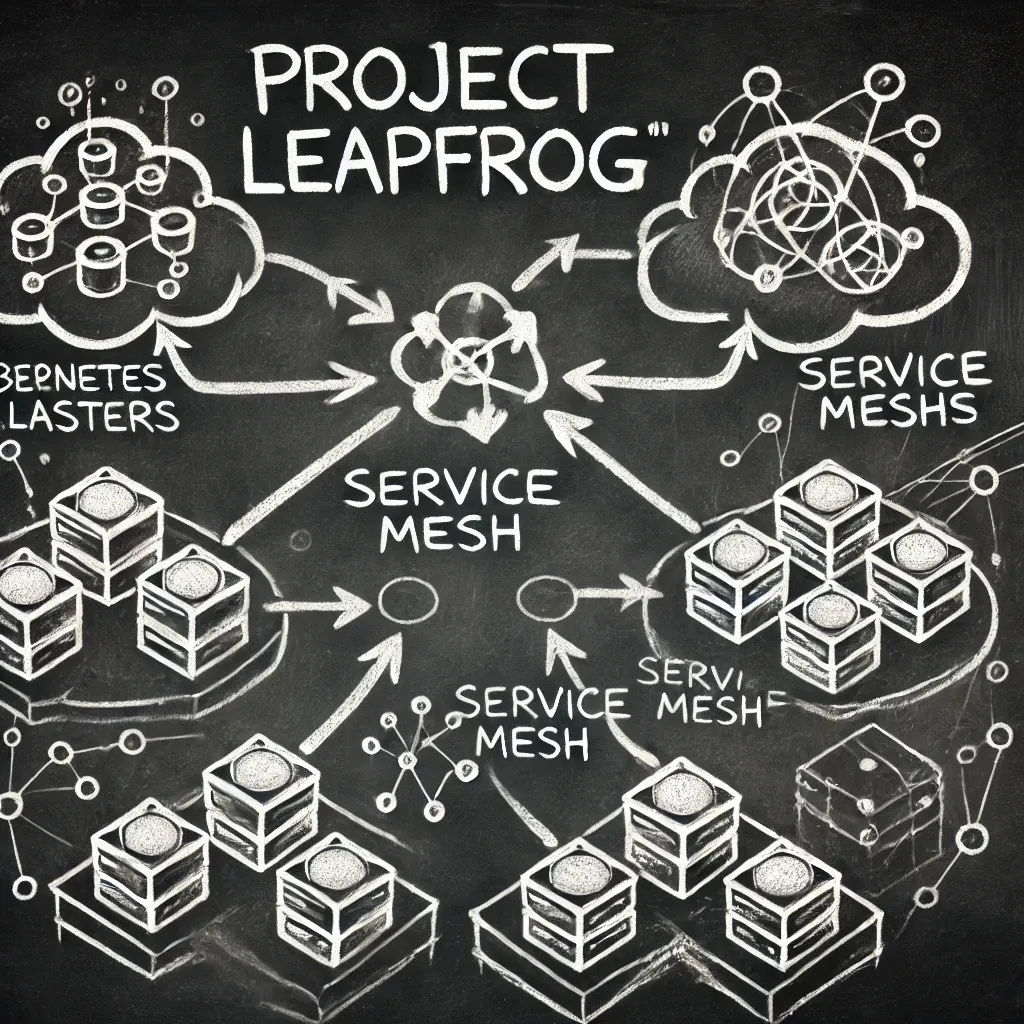Project Leapfrog: A Modern Approach to Keeping Kubernetes Clusters Up-to-Date
Managing Kubernetes clusters in a fast-paced enterprise environment often feels like walking a tightrope. In this post, I’ll dive into how we’ve tackled this problem head-on.

Managing Kubernetes clusters in a fast-paced enterprise environment often feels like walking a tightrope. On one hand, shared clusters offer simplicity, cost savings, and streamlined management. But when it’s time for upgrades—whether to the workloads or Kubernetes itself—the situation can quickly spiral into complexity.
Upgrading a Kubernetes cluster typically demands an all-or-nothing approach: every service running on that cluster must be ready to support the new version, or the entire upgrade is stalled. This can lead to a frustrating dilemma where either the infrastructure is held back by legacy services, or teams are forced into a risky, high-stakes “big bang” upgrade.
In this post, I’ll dive into how we’ve tackled this problem head-on with Project Leapfrog—our strategy for enabling fast-moving teams to continue their momentum, without letting slower-moving services hold everyone back. By effectively leapfrogging between Kubernetes clusters, we’ve found a way to keep innovation rolling without the pain of massive, disruptive upgrades. But this solution comes with its own challenges, especially when it comes to seamless communication between the old and new clusters. Here’s how we’re making it work.
Enter service mesh.
With service mesh, we have all of our workloads/services join the mesh and move them around clusters without requiring any app or configuration changes. It doesn't matter where a service s deployed. If the services are in the mesh, they can all communicate regardless of their cluster.
Reducing outages and downtime are two of the most obvious pros with this approach. Moving services from one cluster to another is no longer a scary feat. It's so trivial that you'll why you never did it this way before. And now, we no longer have to worry about other teams or projects holding us back from moving forward.
In traditional setups, updating Kubernetes clusters often involves a complete overhaul—migrating all services at once, which can be disruptive and risky. Slower-moving teams may hold up faster teams, creating friction and stalling innovation. Additionally, the security risks of running outdated clusters are significant.
Project Leapfrog is our innovative approach to Kubernetes management. It allows us to update and maintain our clusters incrementally, enabling teams to move at their own pace while keeping our overall infrastructure up to date.
We're now able to communicate cross cluster with industry standards. It doesn't matter where a service lives, if it's in the mesh, it's easy to communicate between. Our clusters can be incrementally upgraded which enhances our security posture and let's us try services on new clusters without an all-or-nothing approach. This let's our teams move faster, more securely, and with increased confidence that things will just work they can focus on building and shipping great software, faster.
Project Leapfrog represents a paradigm shift in how we manage Kubernetes clusters. By enabling incremental updates and allowing teams to move at their own pace, we’re fostering innovation, enhancing security, and maintaining operational efficiency. As Kubernetes continues to evolve, Project Leapfrog ensures that our infrastructure remains robust, secure, and ready for the future.